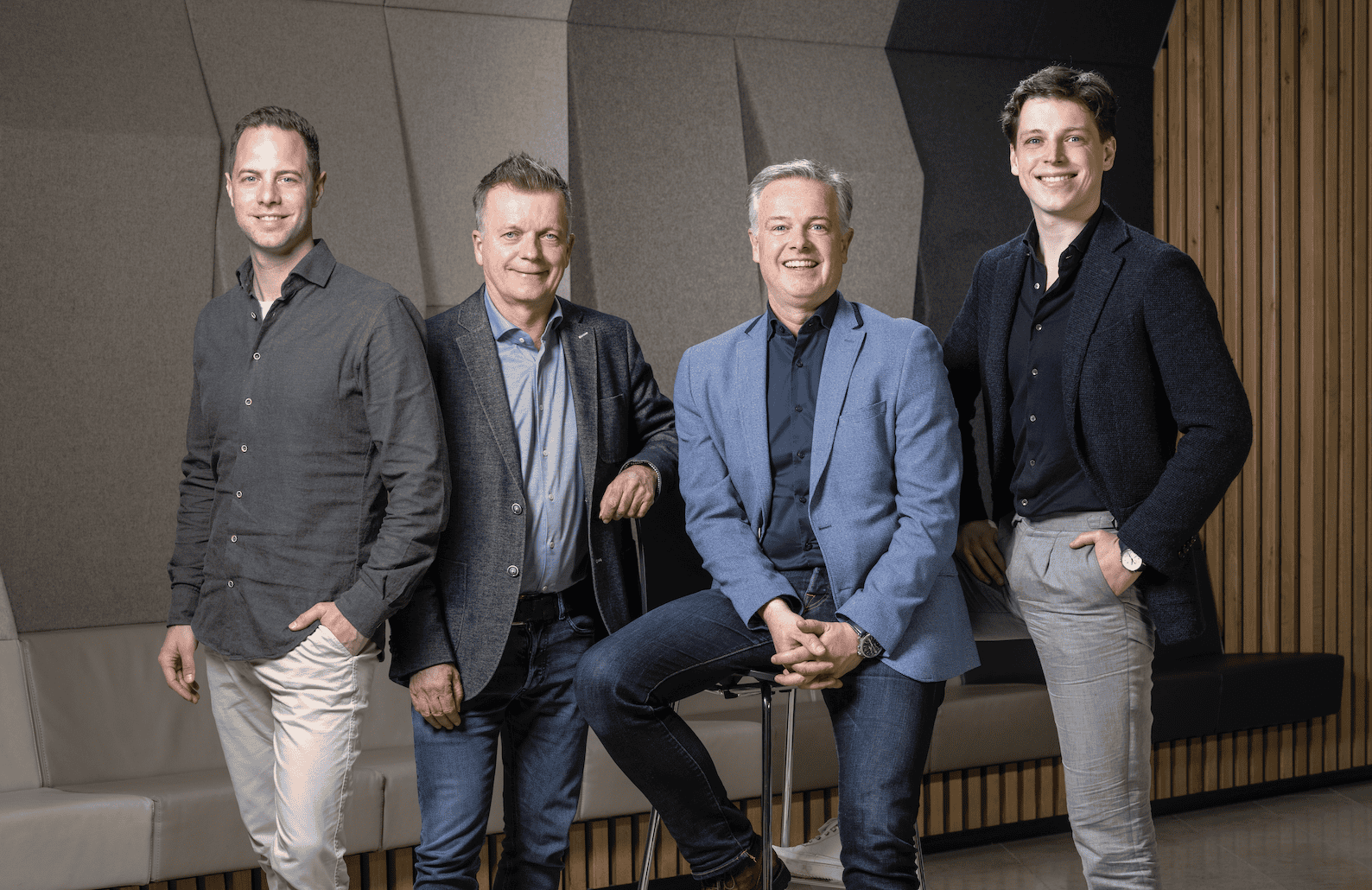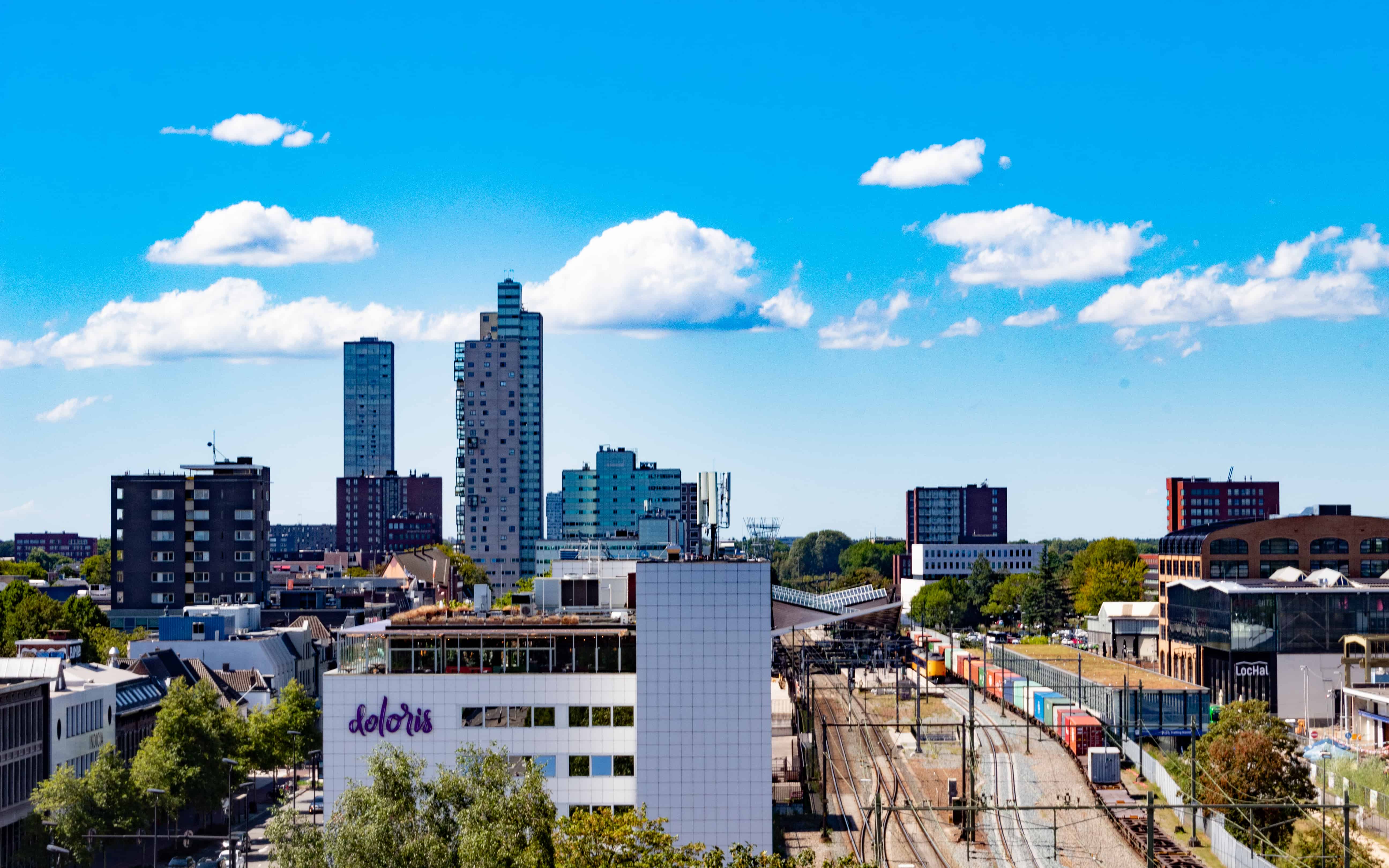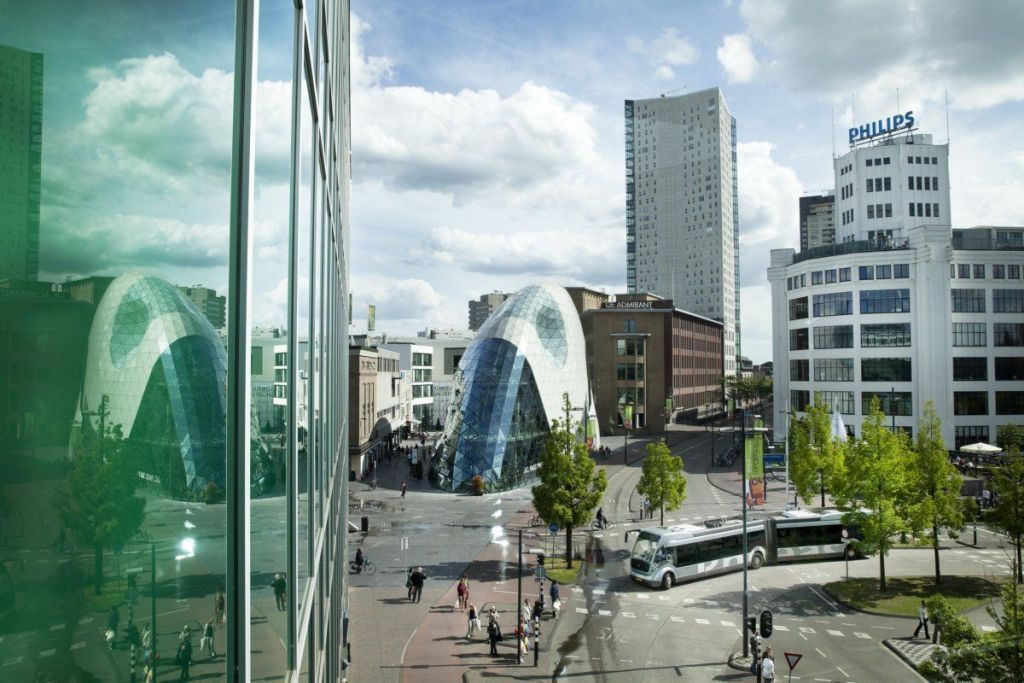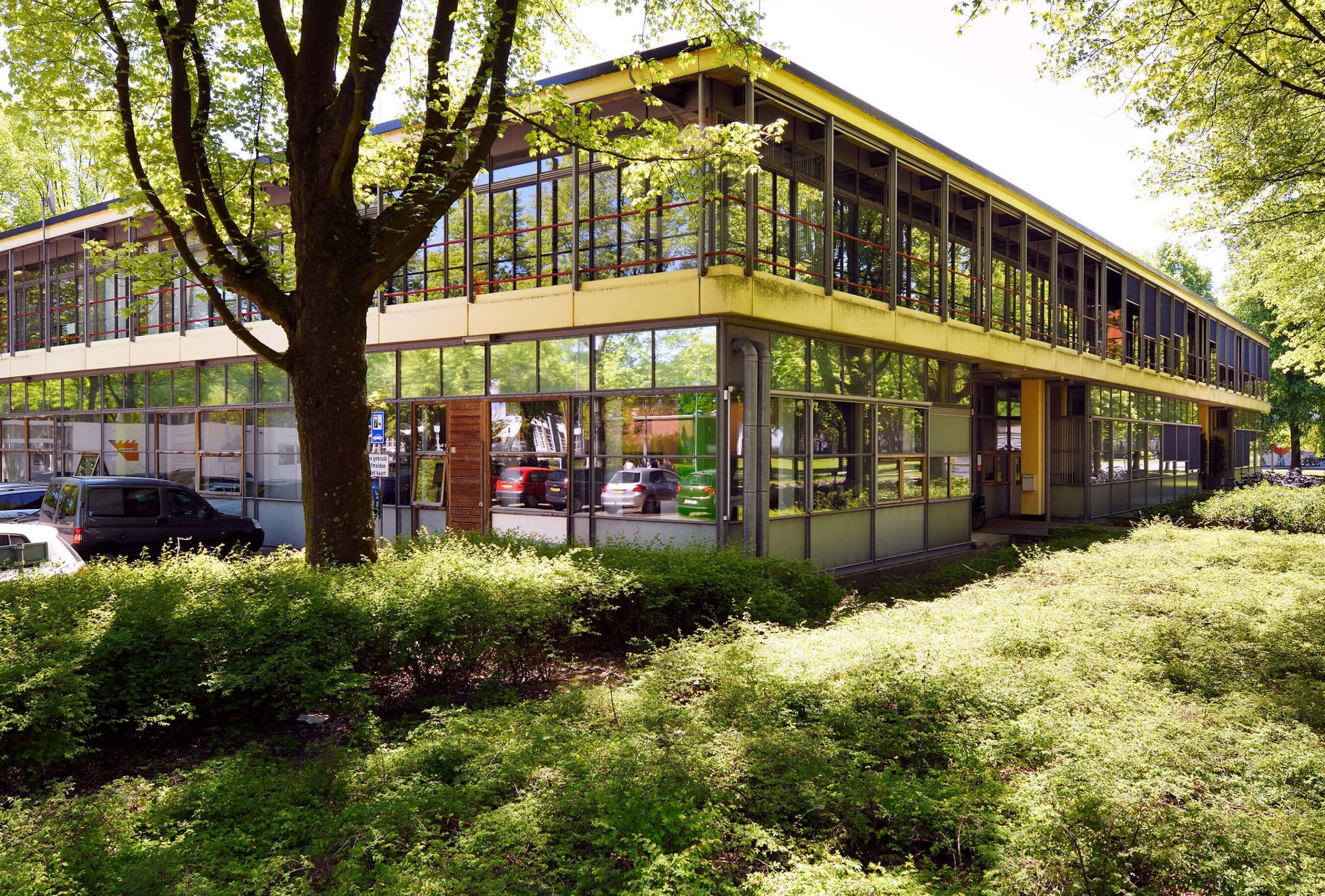
The Brainport region is an important growth engine of the Dutch economy. It is therefore very important, both for the region itself and for the country, to further strengthen this position. The fact that this not only increases the earning capacity but also makes it possible to tackle numerous societal challenges, makes that goal all the more relevant. In a series of 12 articles, Innovation Origins looks at the most striking issues within this endeavor. In this, we are guided by the research report ‘Brainport at the top‘ that Rabobank published in collaboration with Strategy Unit. Today, in the seventh article in this series, we look at innovating the innovation itself.
Collaboration between players from the business community, governments, and knowledge institutes lies at the basis of the success of Brainport Eindhoven. All stakeholders within the ecosystem agree on this. This alone already sets the signals for the coming years to green, according to Start & Scale-Up Banker Henri Schellen of Rabobank. “Only by looking at what is there right now, one can already conclude that this is a super cool region. The energy, the intensity, that’s all great. So if we can broaden that foundation of collaboration a little more, we can build even higher. You are, as it were, weaving a web: the more connections within the web and the more webs next to each other, the stronger the whole becomes. Because if one set of webs is performing a little less, we can benefit from another.”

The foundation is strong, but it also needs to be expanded in order to remain at the top for the next ten years. Those involved in the Rabobank research indicate that the way of innovation itself requires some innovation. “The region is very good at developing new products within existing key technologies. The key, for now, is to look more and more at the boundaries of disciplines. That means: in addition to linear or incremental, also much more to disruptive innovation.”
And to achieve this, the region must learn to cooperate in even more ways than it already does, says Schellen. “Disruptive innovations are becoming more and more complex to realize. What you need: even smarter collaboration. And I don’t mean between the various organizations, because that’s indeed already happening. No, in this phase it’s about cooperation across disciplines, sectors, and branches. Innovations are no longer limited to one specific area. Disruptive innovations are precisely in the crossovers. You have to look at the existing problems from a different perspective.”
Eindhoven Engine
A very good example of how this works is the Eindhoven Engine, which was founded last year. The three main ingredients of the Engine: a mix of knowledge institutions and companies, team members from different domains and disciplines, and finally one location to work together. According to director Katja Pahnke, these are the most important elements for cross-fertilization and good innovations. “We are convinced that disruptive innovations arise almost exclusively at the intersections of disciplines.” It involves a wide range of projects in which sectors and disciplines come together. Pahnke: “Think of combinations such as mobility, high tech, and health care. We are here for multidisciplinary teams working on a specific, iconic solution to a major societal problem.”
Moreover, the Eindhoven Engine, together with researchers from the TU/e, also conducts its own research into innovation processes.
Real results are still difficult to measure, because the projects have long lead times. But the first signals are good, says Pahnke. Although Eindhoven Engine only formally started last year, the growth expectations have already been revised upwards. “Whereas we first took into account some 500 employees involved in 2030, we now expect to reach that number as early as 2025. Currently, more than 200 people are already involved in one of the projects or in the core team.”
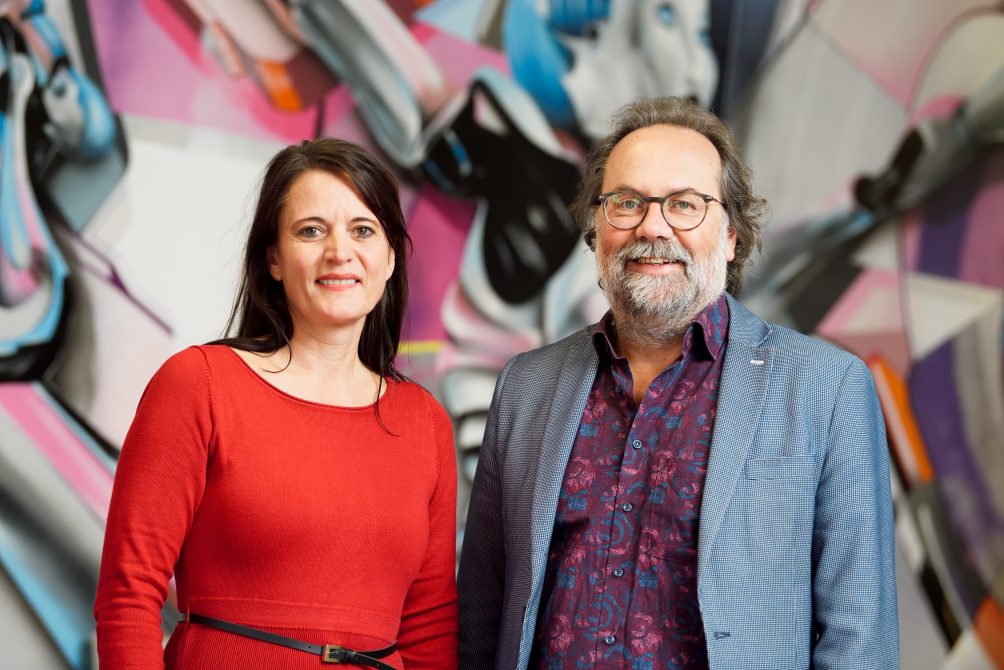
Corona has caused adjustments when it comes to the co-location. Maarten Steinbuch, scientific director of Eindhoven Engine: “For the internal community we now have plenty of webinars in which the initiators of the projects tell each other what they are doing and where they can present their dilemmas. That, too, provides quite a bit of cross-fertilization. But only when we are really physically together again in a common building, can the Engine start working at full speed. On top of that, rethinking the optimal design of virtual co-location or a combination of the two is in full swing”. Steinbuch has been a strong advocate of entrepreneurship in the world of knowledge institutions for years. “I’m quite proud that we’ve already got so many scientists involved; after all, it requires a considerable cultural change.”
The scientific director also points to the broad support, with the participation of organizations such as TNO, Fontys, and the Eindhoven University of Technology. The projects also give cause for optimism, he says. “Take Carbyon, for example, which is working on new technology to get CO2 out of the air cheaply. Or an artificial womb to increase the chances of survival and quality of life of extremely premature babies by mimicking the conditions of a real womb. That’s what we mean by iconic solutions.”
Sioux and ASML
According to Schellen, the Eindhoven Engine does not stand alone. “The underlying idea of linking sectors and technologies can also be seen in companies such as Sioux and ASML. On their campuses, they also work at the intersections of disciplines. Multidisciplinary work has become the rule there. You recognize the players of the future by this.”
But we’re not there yet, Schellen warns. “In order to bring about a change across the full breadth of Brainport, it is also necessary to allow disruptive innovations to emerge from below. This can be done by, as Google has shown, freeing up part of the working week for employees’ own projects. But also by simply supporting a culture that rewards improvements and changes. Where mistakes are not seen as failures but as experiences to learn from. And where employees feel the need to share their ideas for process improvement with the management.”
With start-ups such a culture is easier to realize than with corporates, Schellen indicates. “But corporates can also stimulate this, for example by making teams smaller and giving them more responsibility. Anything that can help us innovate our ideas about innovation can help keep Brainport at the top for the next ten years.”



